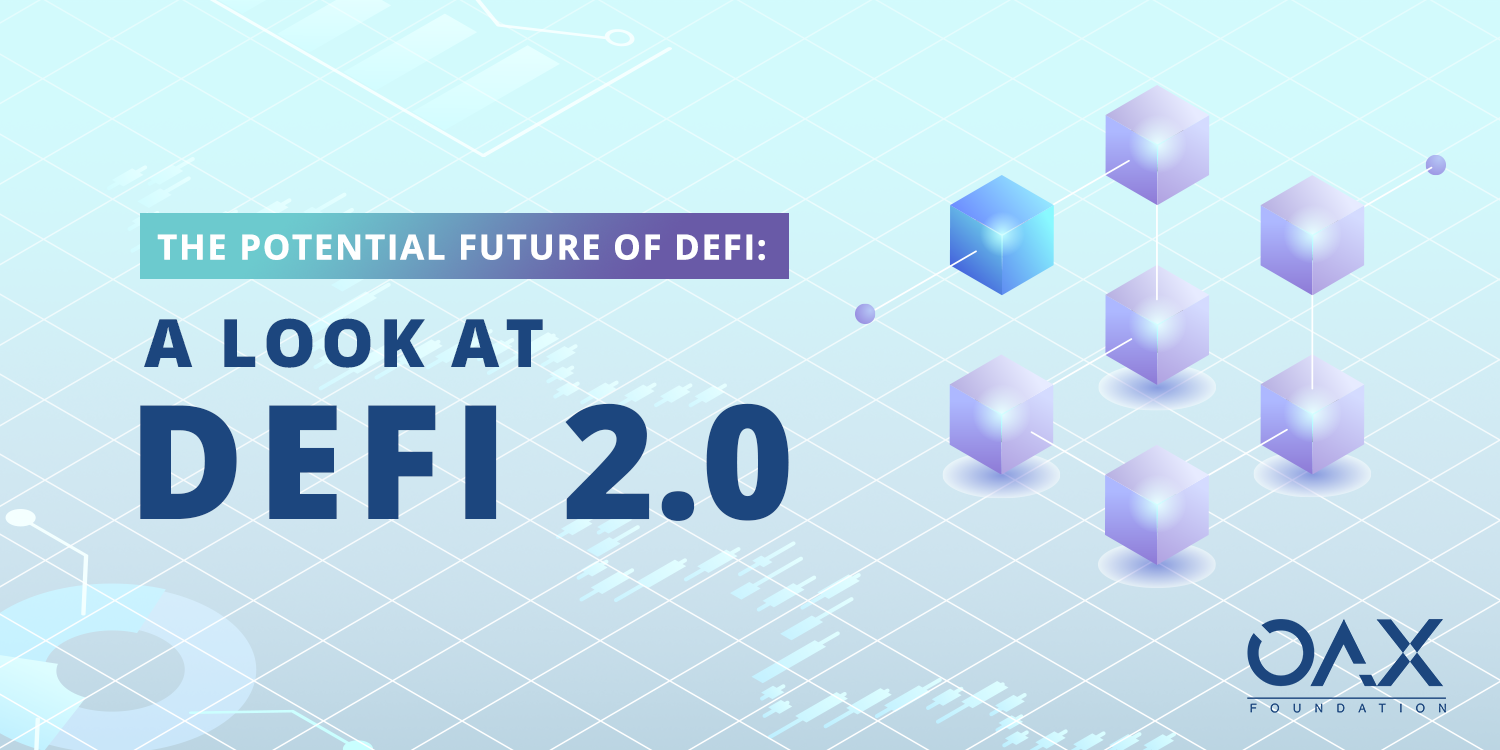
DeFi 2.0 – Separating the Signal From the Noise
As ETH gas fees soared in the last month, affecting DeFi applications and NFT enthusiasts around the space, many conversations reverted to the initial challenges decentralized exchanges faced – scalability and security. While the NFT market was booming and making headlines, some found the gas fees so prohibitive for “cheaper” NFTs that selling them became an issue. Yet while the sale of a single NFT would affect the end user directly, the DeFi community saw it within the larger framework, once again revitalizing the discussion surrounding Layer 2 solutions or platforms like Solana or Polkadot, which offer alternatives to ETH at much lower cost. And within this dialogue, a new topic is increasingly capturing attention: DeFi 2.0.

Source: Coin81
lthough this new buzzword is not yet clearly defined, it has become a catch-all for a range of developments in crypto and blockchain circles, spanning various developments from next-gen decentralised financial services to an enabler of the metaverse. What is clear is that Defi 2.0 isn’t throwing out the old and starting afresh: the term is applied to a range of initiatives dedicated to expanding existing DeFi systems, working within a changing marketplace and how it interacts with ongoing DeFi developments.
Perhaps the best summary is that DeFi 2.0 sets out to solve the negative effects of existing incentives and hype on investments into new blockchain-based projects which lead to the phenomenon of liquidity mining. Liquidity mining happens when protocols provide their native token to users in exchange for depositing assets that other users can borrow or trade. Miners make put assets into a new service’s governance token to capitalise on incentives rather than to support the concept for the long term. New projects now accept that some backers will do this and that it will increase a project’s TVL, providing on-chain liquidity.
This process relies on hype – ‘memification’ of the new service – to attract liquidity in their token. Because this new liquidity comes for the incentive benefits, projects will repeatedly increase or add new incentives – an unsustainable trend: when incentives stop, the capital leaves again, hurting the valuations of bona fide backers’ – or hodlers’ – tokens.
This can be a self-fuelling cycle as hodlers get out alongside miners to protect their stake. This means the vast proportion of early liquidity is not ‘sticky’ – in other words, new start-up protocols are forced to dilute the supply of their tokens in exchange for capital deposits, which are very often temporary.
So one of the commonest definitions of DeFi 2.0 covers efforts that seek to balance liquidity with incentives – to reduce or overcome the negative effects of yield farming. In this connection, the key to achieving longer-term ‘sticky’ liquidity is to add benefits alongside mere returns to incentivise token buyers. The thinking goes that adding more utility to already-attractive returns will give participants greater reason to stay invested in a project.
OpenSwap, a new decentralized exchange (DEX) currently under development, has developed a utility-added incentive program for buyers of its OSWAP token. OpenSwap aims to provide on-chain liquidity aggregated from any liquidity source using their yet-to-be-launched Open Interchain Protocol, a cross-chain bridging solution. To make it work, the interchain protocol uses ‘Bridge Trolls’ to verify and action transactions across different blockchains using Bridge Troll NFTs to participate. To earn these, OpenSwap has created a gamified system which requires prospective trolls to stake OSWAP: the more they stake, the greater the incentives they will be awarded.
This system combines enhanced returns with an ongoing – and rewarding – role in the running of the OpenSwap platform, as well as promising future benefits that keep participants engaged. OpenSwap says its scaled staking mechanism places its incentivisation deals on a longer-term, cumulative basis.
In a different take on tackling the same issues, OlympusDAO sells its token at a discount in exchange for tokens like DAI, but also for liquidity-provider (LP) tokens including its own OHM token. A user can trade their OHM-DAI LP token, which represents a liquidity position in the decentralised exchange Sushiswap, for OHM. This means the liquidity is ‘owned’ by OlympusDAO. In addition, it offers a staking mechanism where users get more OHM tokens if they commit to locking them in, which helps to balance out selling pressure.
This kind of incentive is called protocol-controlled value (PCV) – a source of sustainable liquidity and a way of protecting the worth of tokens deposited in new protocols. It also promises to offer lower gas fees for transactions on the chain – one of the sought-after benefits that DeFi has yet to deliver.
And while regulations surrounding the DeFi industry are still unconfirmed, the industry has rightfully begun focusing on risk-monitoring, if not for impending regulatory changes, then for the practicality and development of this space. Our long-term partners at Solidus Labs recently announced another successful $15 million strategic funding round. As an early stage investor in this project, our team has long believed that their approach and development is absolutely crucial in the advancement of DeFi 2.0.
The answer to ‘what’s new about DeFi 2.0?’ is perhaps not much – DeFi 2.0 builds on existing trends within DeFi to take another step toward a more long-term, sustainable model for decentralised applications – and further progress toward fulfilling the promise of blockchain technology.


